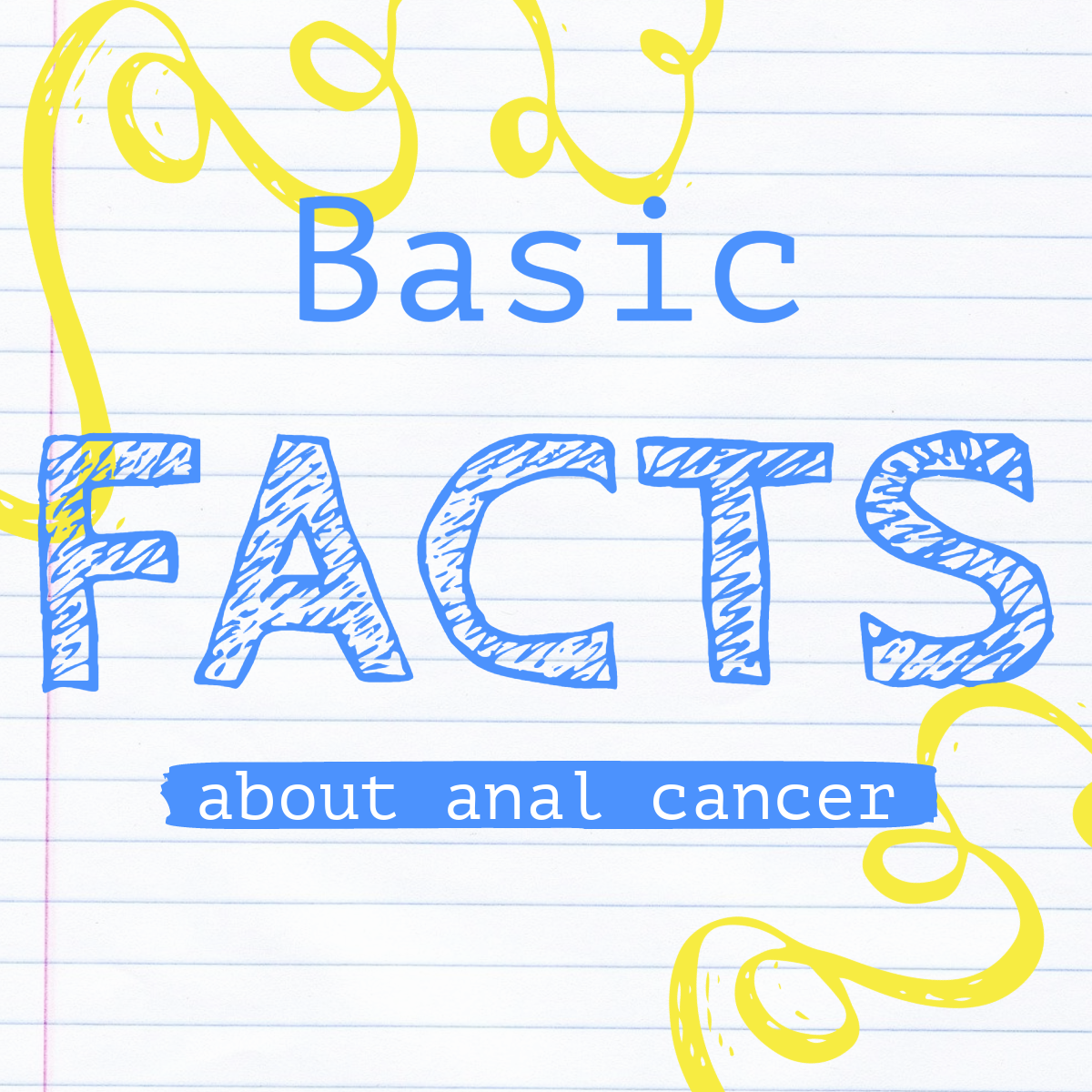Basic FactsHPV (Human Papillomavirus) HPV is the most common sexually transmitted infection (STI) and almost all sexually active adults will have HPV at some point in their lifetime. HPV is contracted through skin-to-skin contact.
Sexually transmitted HPV can be classified as either low-risk or high-risk. Low-risk HPV can be responsible for genital and anal warts. Two high-risk strains of HPV that are responsible for the majority of HPV-related cancers are HPV-16 and HPV-18. At least 90% of all anal cancers are caused by HPV - the vast majority by HPV 16.
AIN (Anal Intraepithelial Neoplasia) When the human papillomavirus infects healthy tissue, it can slowly change the cells to become abnormal. These abnormal cells are classified in three stages: LSIL (AIN 1) and HSIL (AIN 2 or 3). The more abnormal the cell becomes, the higher the stage; AIN 1 is the least severe and AIN 3 is the most severe of the three.
Anal Cancer Anal cancer is a rare form of cancer that occurs in the cells and tissue of the anus. Anal cancer includes HPV infection as a precursor to the disease. Anal cancer rates are increasing in all countries where it has been studied.
|
|


